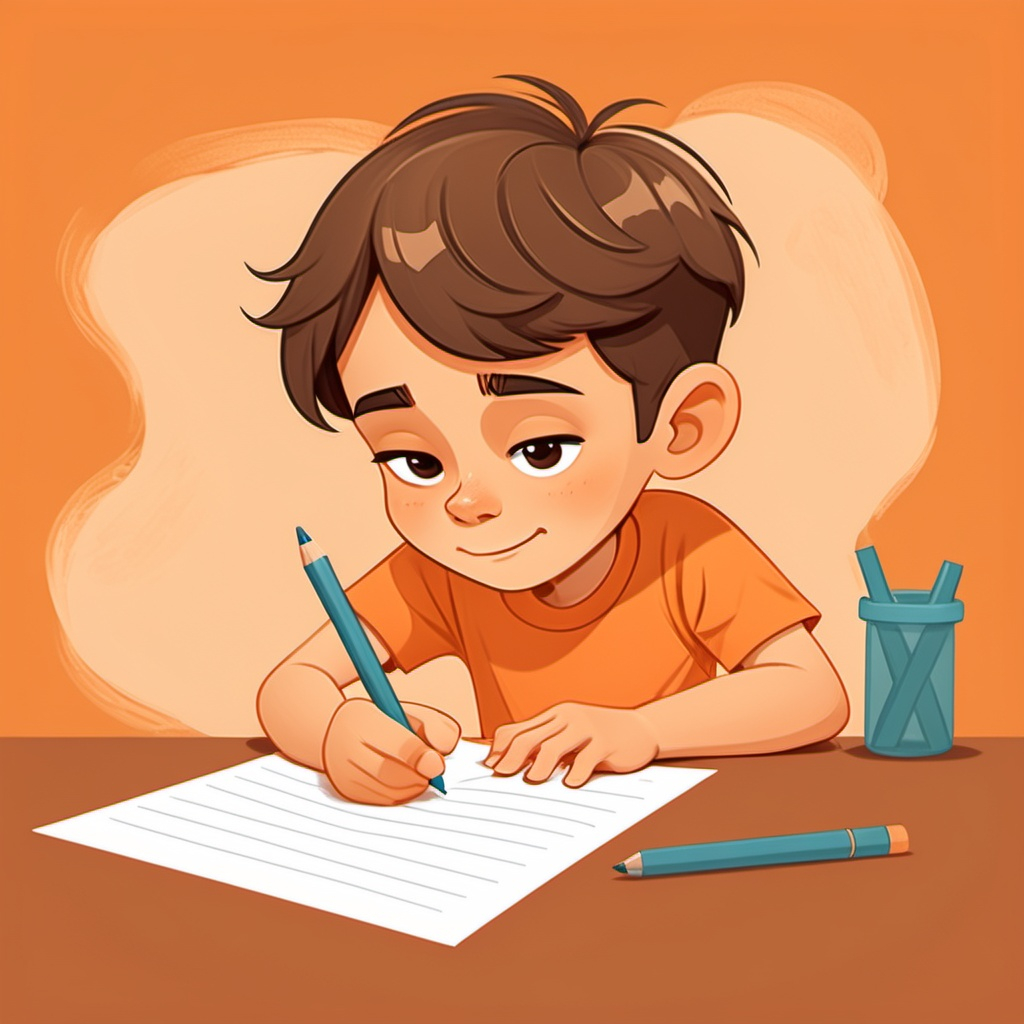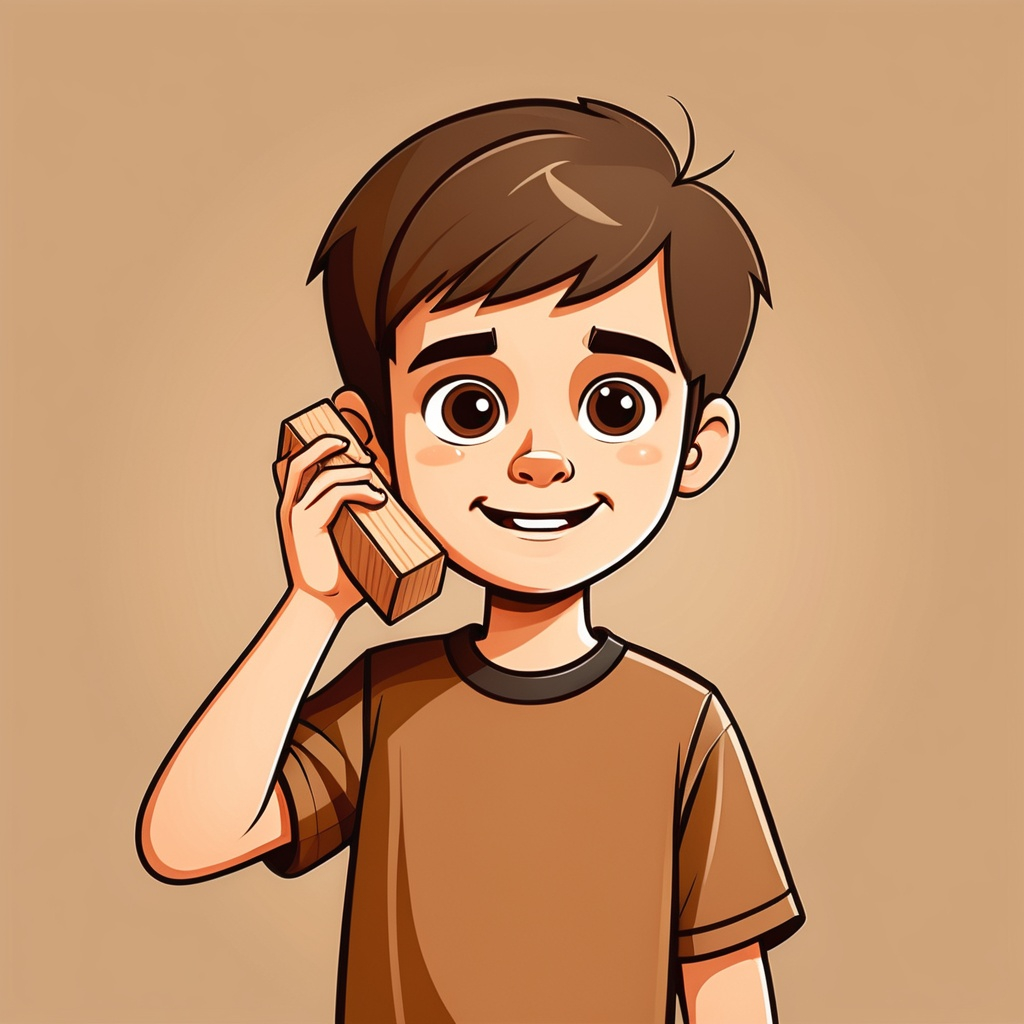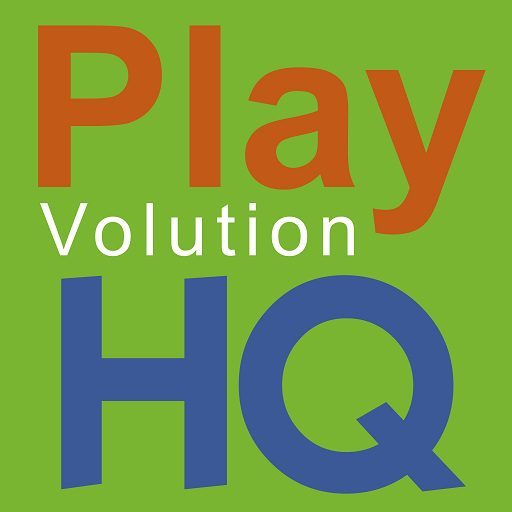
Table of Contents
Trusting kids to organize dramatic play means allowing them the freedom to plan, prepare, and structure their own play experiences rather than setting everything up for them. In the planning and preparing stages, children hone organizational skills—categorizing (“I’m the Mom, you’re the Dad, and Devin is the kid”), sequencing (“Let’s pretend to wake up, have breakfast, and then go to the park.”), and structuring (“That box can be our car…grab some blocks to be our phones…these chairs can be park swings.”) their play world before they even step into it. When adults pre-plan and pre-prepare everything for them, they strip away this essential part of the learning process.
The Human Drive To Organize
Humans are wired to organize. Children naturally sort, categorize, and structure their world from infancy. Developmental psychologist Alison Gopnik describes children as “little scientists,” constantly experimenting with cause and effect, systems, and structures. Their play reflects this innate drive to organize, whether they’re lining up toy cars by color for some small world play in the block area or deciding the sequence of a pretend restaurant scene near the playground’s mud kitchen.
In dramatic play, this need to organize is evident in how children arrange materials, define roles, and structure their play’s flow. They will intuitively plan and prepare their play environments when given the opportunity. In doing so, they gain critical cognitive and executive function skills, practice communicative and social skills, and build emotional resilience.

The Basic Planning Of Dramatic Play
Before play begins, children mentally map out what’s about to happen, a process that is rich in learning opportunities. Here’s some of the planning likely to take place:
- Defining Roles – Who will be the doctor? Who will be the patient? Should we have a receptionist? Some children may want specific roles, while positions are negotiated based on past experiences (“You were the firefighter last time, so it’s my turn”). This process often stretches children’s social and emotional skills.
- Sequencing Play Flow – “First, people shop. Then they pay. Then they take their groceries home.” Establishing a logical play structure helps children reinforce cause-and-effect thinking and role continuity.
- Determining Needs – “We need a menu, a phone for takeout orders, and a table for customers.” Children must visualize what their play setting requires and plan accordingly, which is an early form of project management.
- Setting Social Expectations – “If you’re the firefighter, you have to rescue people, not just drive the truck.” This is an essential part of planning in group play and is based on children’s lived experiences. But even when dramatic play is a solo activity, organizing it often involves considering how imaginary characters will interact with each other.

The Organizational Work Of Preparing For Dramatic Play
Once a basic plan is in place, children move into the preparing phase, which involves hands-on organization. Here’s some of what’s likely to take place:
- Gathering Props And Materials – Children identify what they need and find or create those materials. In a pretend “airport,” they might collect chairs for airplane seats, make tickets from scrap paper, and repurpose a box as a luggage scanner.
- Sorting And Categorizing – Like real-world organizing, children place items where they make sense. In a grocery store setup, they might separate food into “produce,” “frozen,” and “canned goods” sections, mirroring real-life observations.
- Arranging The Play Space – The physical setup of the play environment is a form of problem-solving. “Where should the cash register go so customers can line up?” “How can we make a waiting room for the doctor’s office?” These spatial decisions require visualization and planning.

Why We Shouldn’t Steal These Steps From Kids
It’s tempting to pre-build dramatic play settings—to set up an Instagram-perfect pretend restaurant or doctor’s office before the children arrive. But when we do this, we:
- Take Away Problem-Solving Opportunities–Kids lose the chance to figure out what to use for an x-ray machine, how to negotiate who gets to be The Batman this time, or where to place the operating table in the veterinary clinic.
- Reduce Ownership And Engagement–A pre-set dramatic play area feels like an “activity” rather than their creation.
- Limit Adaptability And Flexibility–Children may feel locked into an adult-designed play scenario instead of freely modifying it. If Miss Cassy set up a farmer’s market, she must want us to play Going To The Farmer’s Market, not Space Battle.
Instead of setting everything up for them, let them be the ones to build their play worlds. Provide open-ended materials, be supportive (“What else do you need?”), allow for the extra time the pre-play activities require, and step back.
The 3 Ps Of Dramatic Play
I put together a handout a few years back explaining The 3 Ps Of Dramatic Play. This model highlights how Trusting kids to organize dramatic play unfolds in three stages:
- Planning – Children define roles, structure their storylines, and determine materials.
- Preparing – They gather and organize props, set up the play environment, and structure the flow of play.
- Playing – They enact their imagined scenarios, adjusting and expanding on their ideas as they go.

By respecting and supporting all three stages, caregivers ensure that dramatic play remains child-driven, maximizing its cognitive and social benefits.
Trusting Kids To Organize Dramatic Play Wrap-Up
Trusting kids to organize dramatic play means allowing them to plan, prepare, and shape their play experiences on their terms. The planning and preparing stages of dramatic play are not just busywork before the “real” play begins—they are an essential part of the play process. They help children develop organization, sequencing, collaboration, and higher- level thinking skills, as well as communicative, social, and emotional skills. When we take these steps away by over-preparing play environments, we rob them of crucial learning experiences.
So pause next time you’re tempted to set up the perfect dramatic play area. Instead, give children the freedom to plan, prepare, and organize their play. Step back and see what they create and learn.
Contribute content to Playvolution HQ
Brought to you by Explorations Early Learning
Browse Trainings
Author
Jeff Johnson is an early learning trainer, podcaster, and author who founded Explorations Early Learning, Playvolution HQ, and Play Haven.
In-Person And Online Training
Learn how to book an in-person or online training for your organization on these early learning topics.
Support The Site
I participate in the Amazon Services LLC Associates Program, an affiliate advertising program designed to provide a means for me to earn fees
by linking to Amazon.com and affiliate sites.
Thanks To Our Patrons
This post was made possible by patrons like these, who generously fund our work:
Supporters
Lissadell Greene Stephanie Goloway Jennifer Stark
Lagina Kozak Michelle Hankins
Marie Messinger Tamara L. Lakin
Fans
Jen Flemming Lizz Nolasco Cynthia J Bays
Susan Warner Kelly Sigalove Shawn Wolf
Vittoria Jimerson Codee Gilbert Wendy Tedford
Monica Morrell Pam Soloman Melissa Franklin
Teresa Watson Erika Felt Autumn Peele
Melissa Taylor Jahmeela Robinson Stacie Manning
Amber Maurina Terra Calamari Anne Jackson
Lagina Kozak Samantha Yeager-Cheevers
Elizebeth McCoy Sammy Cousens Ellen Cogan


Leave a Reply